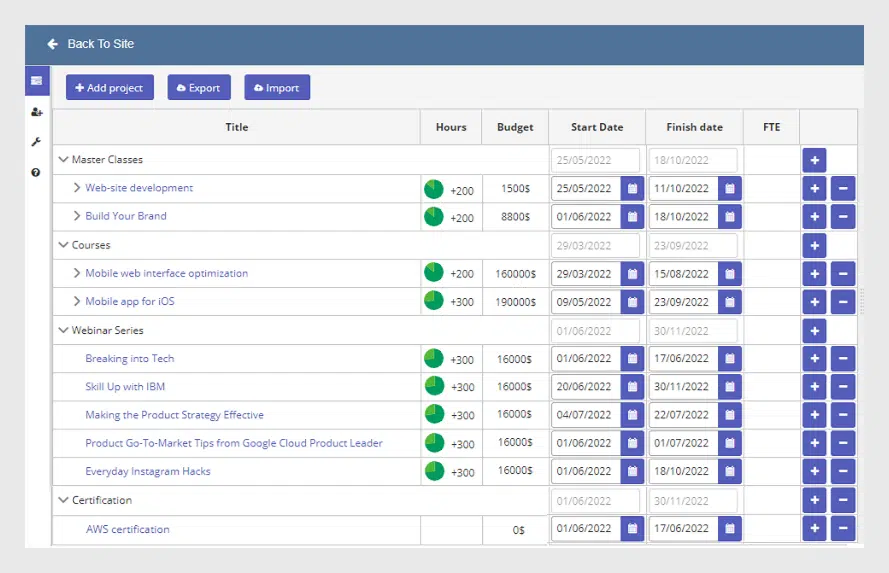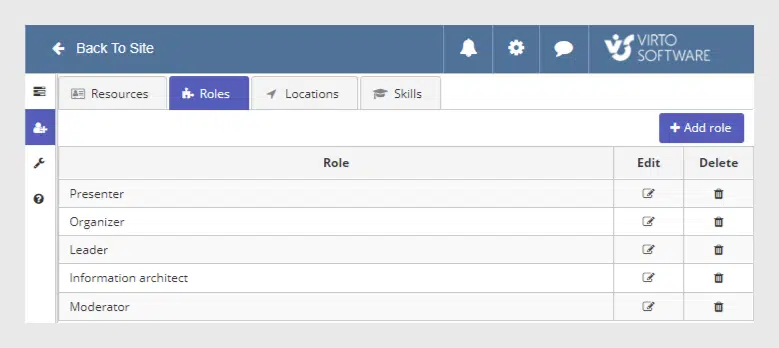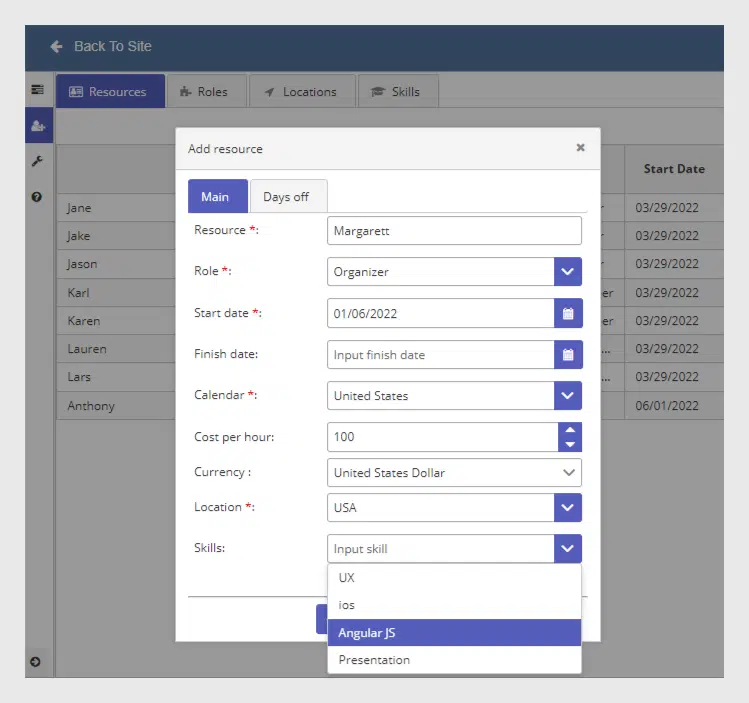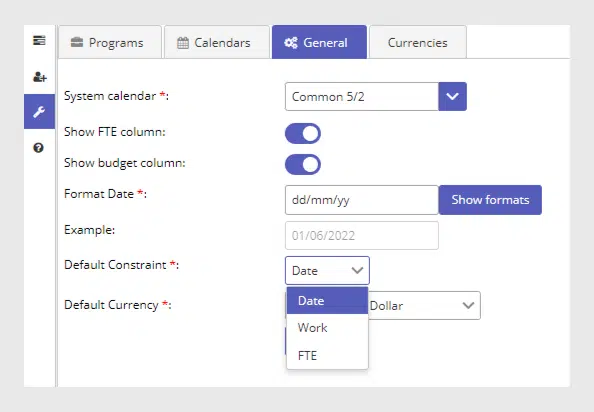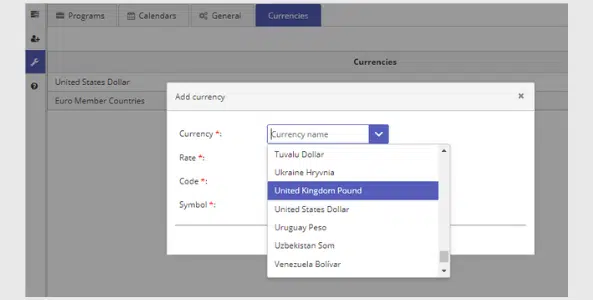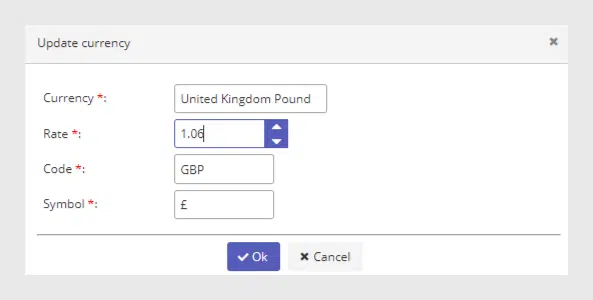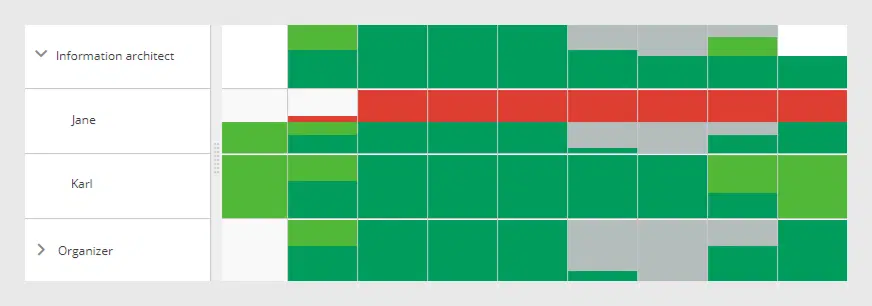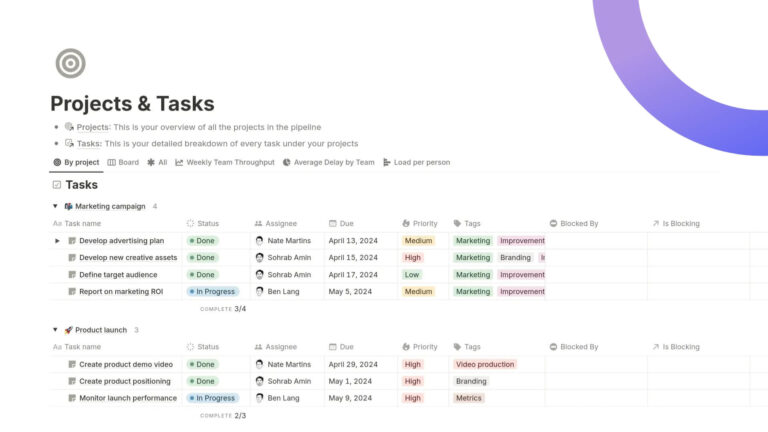Virto Project Portfolio Manager: Use Case
We’re offering an example of Virto Project Portfolio Manager use. Study the use case and decide how you can apply Project Portfolio Manager tools to your business.
Introduction
Working on multiple projects at the same time is a classic practice for most businesses. It is challenging to control all the projects and consider strategic objectives, complex planning, and managing resources. But if you succeed, you get the benefits.
The project portfolio management approach allows portfolio managers to optimize resource planning and use them more efficiently across all the projects. As a result, you fully enjoy the method’s advantages:
- better project prioritization;
- a clear view of the whole business;
- optimized resources;
- better collaboration;
- accurate performance data;
- faster project deliveries;
- risk reduction.
Project Portfolio Manager App
To assist in reaching the described goals, the Portfolio Project Manager app for SharePoint is designed by VirtoSoftware. We focused on creating a feature-rich solution for efficient work on a project portfolio. With the PPM app you can:
- Manage projects in a single place;
- Create and apply project roles;
- Manage resources (people and material resources) in the chart view;
- Track the workload of employees;
- Define default project constraints;
- Use different currencies for tracking expenses.
Training Company Project Portfolio
Imagine, you are a training company and you plan activities for the next fiscal year. The main objective is to maximize revenue and optimize resources.
Challenge
You plan for 5 webinar series, 2 master-class per month for the corporate client, development of a new course for Udemy. Also, you plan to add preparing for AWS certification to the portfolio, which implies a lot of logistics besides the content. So, you need to create a project portfolio using the PPM app.
Step 1: List all projects
First of all, list all the key projects to start with and get the right order of activities. Break your structure and think of the resources you need. You may see the opportunities or clear the things which you cannot do right now. But you will start getting the picture.
Step 2: Define resources and roles
This a classic situation, when some of your resources aren’t scalable. And for sure, the workday lasts 8 hours. So when you plan, it makes sense to see how the projects overlap. If you don’t pay much attention to accurate cross-project planning, it might happen that your in-house designer is only needed for 1 week in May, but for that week he’s a crucial resource for 3 projects. As a result, you have to forget about meeting deadlines.
It’s time to get resources organized. In PPM you can create roles for each project and assign them to team members. You can use classic project roles such as Project manager, Team member, and Client. Or add your specific roles depending on the business case. We’re making a portfolio for a training company, so, the roles may be as follows.
When you have a list of roles, add people. Define the responsibilities (add skills) and assign created roles to your team.
Step 3: Define default constraint
It is hard to imagine an ideal project without any limits in real life. That is why the concept of project constraints appeared in project management. The most common project constraints that project managers may struggle with are date, work, or FTE (full-time equivalent).
If your resources are not scalable, use FTE as a constraint. If the amount of work is fixed, use Work as a constraint. And if your dates are fixed (what would happen if the window for applications for the AWS training center certification would only be open for one week in a year), use the Dates as a constraint.
There is no wrong or right here – it is how it works for your specific product.
Step 4: Finance
One more important component of project portfolio management is tracking expenses. It might happen that your project budget is in Euro, but some of your freelancers are paid in USD, and some in Pounds. In Virto PPM you can use as many currencies for the project as you like, and still have the budget in your base currency.
In addition, since most companies have an internal exchange rate, you are free to define that rate for the projects as you need.
According to specified parameters, appropriate for your projects, the app calculates data automatically.
And now the workload of your team is presented as a quiet clear picture: overload (red) and days-ff (grey).
Conclusion
We have tried to describe a simple use case when working with portfolio project management is not as obvious as for classic projects. But it is you who decide what the projects will be and how you can combine them into a well-organized project portfolio with accurate data visually represented.
If you have a question about Project Portfolio Manager or need assistance with your particular case, please contact our Sales Team.
